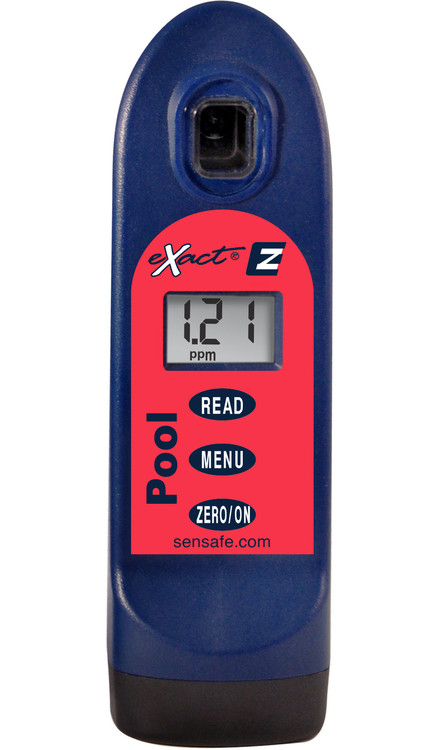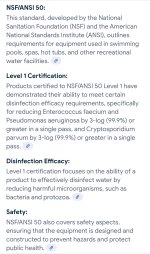Hi Everyone,
I just tested my water to see how well it held up over the winter. It visually looks absolutely perfect but this could be because its still early and cold. I plan on fully opening it May 1st.
Before the winter, I drained about 1/3 of the water to work on it and just filled it back to where it needs to be for the summer. I have NOT run the pump yet, so idk if this is simply a distribution issue.
Most numbers are where i expected them to be, but my CYA per the test increased, instead of decreased.
Numbers are:
Alkalinity 107
Calcium 118 (down from 184)
FC 6.5
CC .3
TC 6.8
Copper .37 (down from .5)
CYA 94 (up from 60)
PH 7.4
What is the consensus here? Run the pump and test again? Does CYA naturally rise when undisturbed for a period of time?
I appreciate the feedback.
I just tested my water to see how well it held up over the winter. It visually looks absolutely perfect but this could be because its still early and cold. I plan on fully opening it May 1st.
Before the winter, I drained about 1/3 of the water to work on it and just filled it back to where it needs to be for the summer. I have NOT run the pump yet, so idk if this is simply a distribution issue.
Most numbers are where i expected them to be, but my CYA per the test increased, instead of decreased.
Numbers are:
Alkalinity 107
Calcium 118 (down from 184)
FC 6.5
CC .3
TC 6.8
Copper .37 (down from .5)
CYA 94 (up from 60)
PH 7.4
What is the consensus here? Run the pump and test again? Does CYA naturally rise when undisturbed for a period of time?
I appreciate the feedback.







